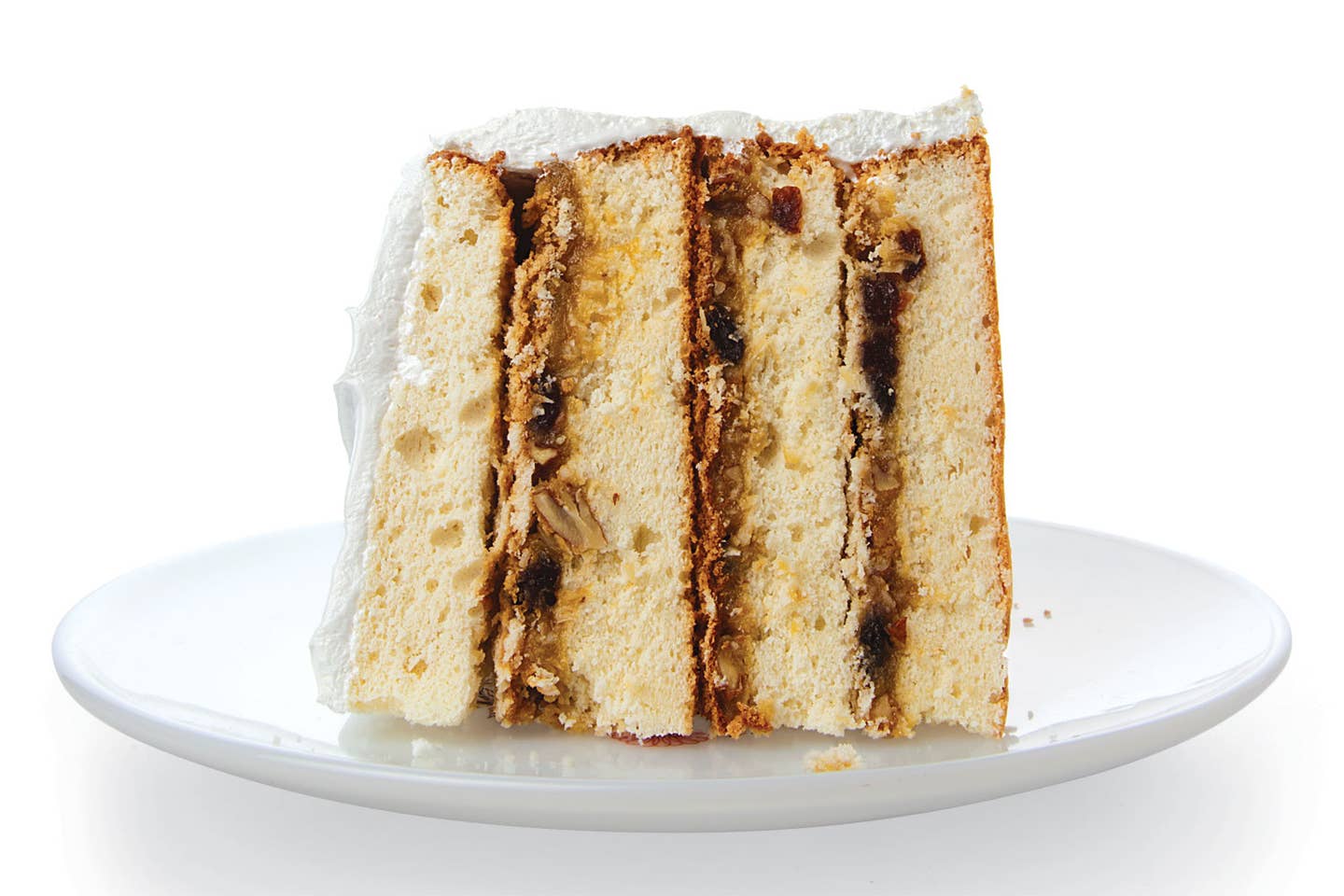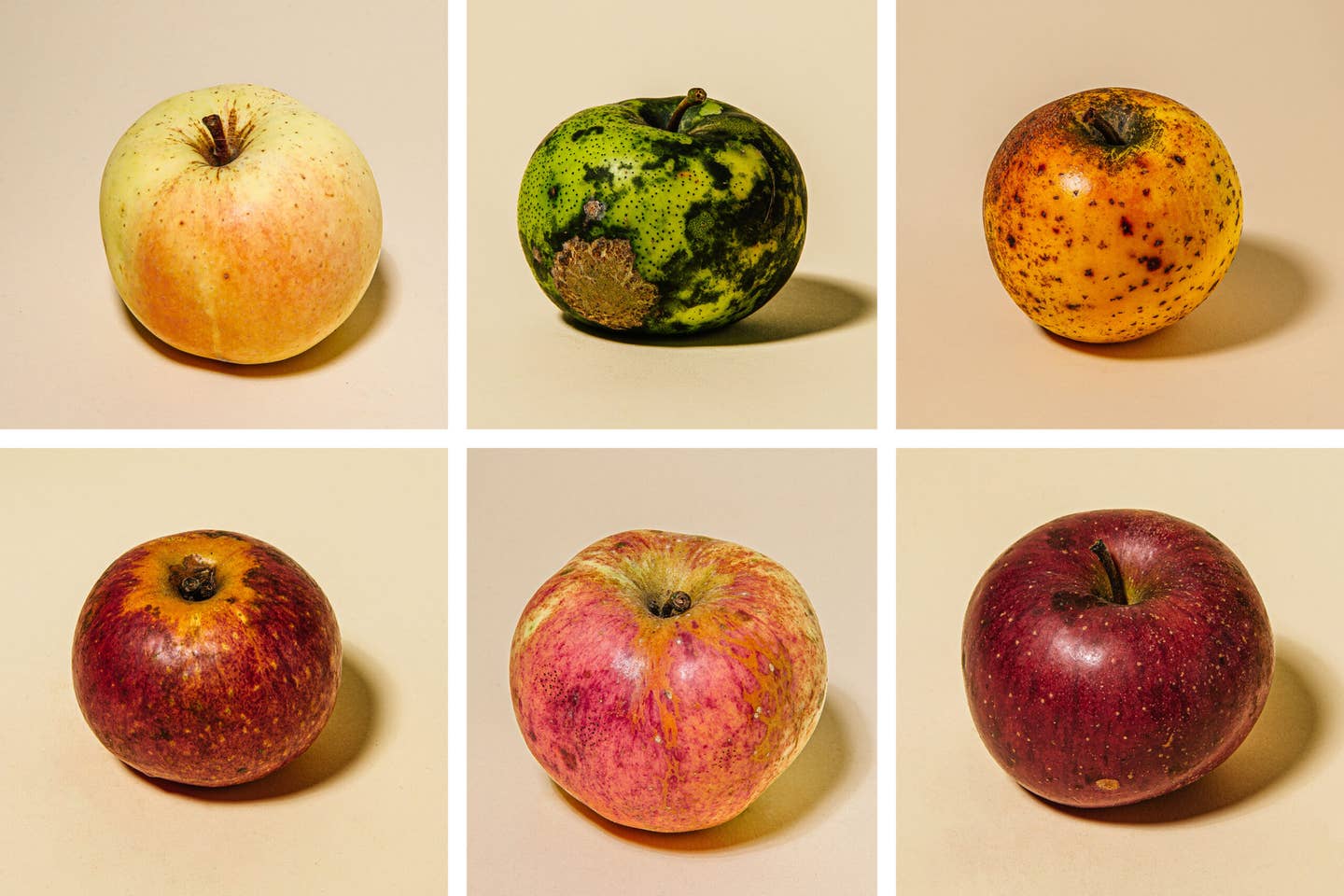
A pantry's worth of Dixieland ingredients come together in the Lane cake
When Emma Rylander Lane self-published the cookbook Some Good Things to Eat, in 1898, she probably didn't imagine that one of her recipes would become a classic, cited in a great American novel. Lane had won first prize in a Columbus, Georgia, county fair for an indulgent cake of white layers with a bourbon, butter, and raisin filling and billowy egg-white icing. At first she called it "prize cake," but in a later edition, she rechristened it, eponymously, Lane cake. (See the Lane cake recipe »)
I read To Kill a Mockingbird right after its publication, in 1960, when the novel arrived in the mail as part of my mother's book club subscription. In it, neighbor Maudie Atkinson bakes a Lane cake for the Finch family's Aunt Alexandra. Scout Finch, the six-year-old narrator of this coming-of-age story about race and class in the South, describes the cake as "loaded with shinny" (slang for liquor). The novel's author, Harper Lee, hailed from Monroeville, Alabama, three hours west of Clayton, where Emma Rylander Lane had lived. By the time Lee penned her book, Lane cake was well-known among Alabama home cooks, but Lee must never have baked one herself, because Scout says the recipe calls for "a large cup of sugar." One bite of this sweet, potent cake and you'd know that a cup is just a fraction of the sugar in it.
Today, Lane cake is baked in homes for special occasions and offered at church socials and other functions all over the South, the luxurious filling between its layers now loaded with ingredients—coconut, pecans, dried fruits—additional to those in the original. Sometimes the entire cake is slathered in the rich filling in place of Lane's egg-white frosting. Though I had devoured it only in literary fashion—and in my many years as a pastry chef, I had never baked one—I carried the memory of Mockingbird's Lane cake until 2008, when a friend asked for help making the filling for a James Beard version of the recipe. Most iterations, as I found out, prove problematic. They call for cooking egg yolks, sugar, and butter in a double boiler until thickened, then adding half a cup of bourbon or brandy. Prepared this way, the filling has the consistency of heavy syrup. The version I settled on cooks the bourbon along with the butter, sugar, and egg yolks, yielding a thickened cream that holds its shape between the layers of cake. A slim, sugary slice contains almost enough "shinny" to negate the need for an after-dinner drink.
Keep Reading
Continue to Next Story










